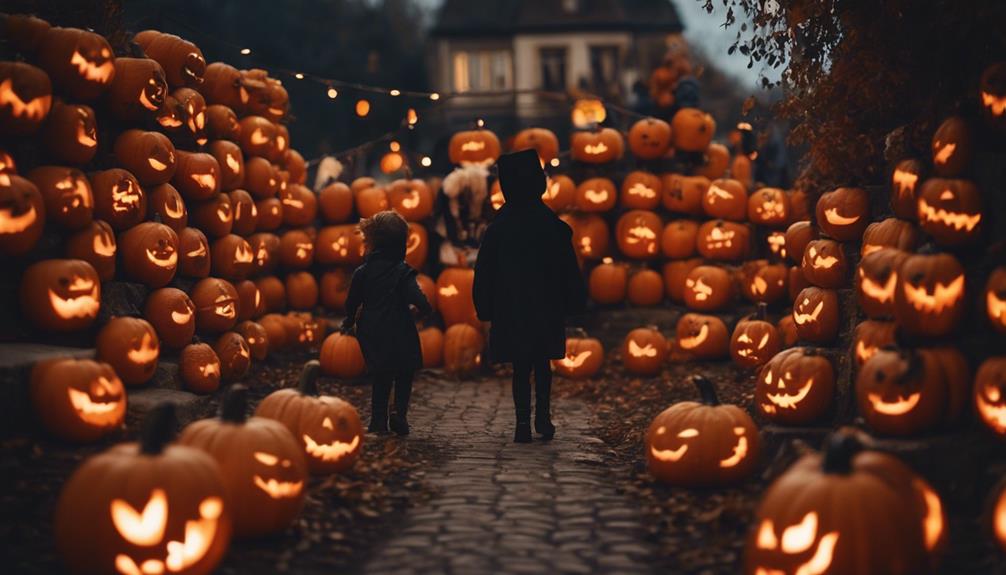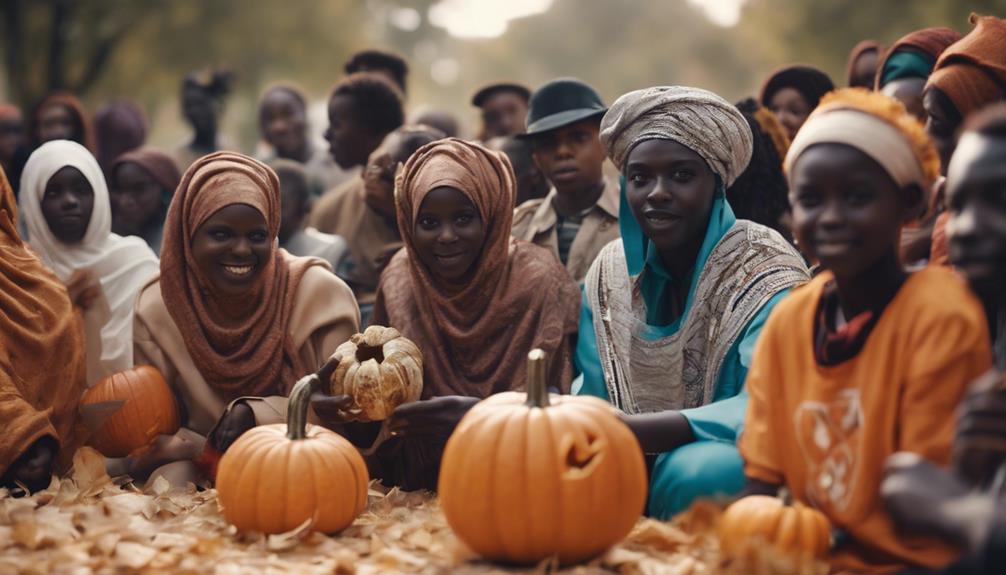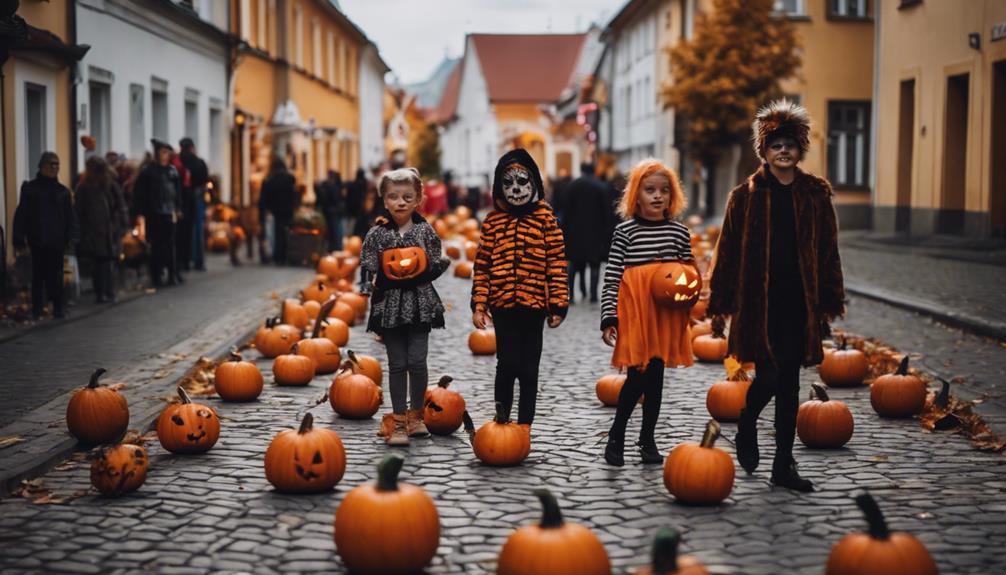In Honduras, Halloween sees limited adoption compared to Dia de los Muertos, a culturally significant celebration. Affluent neighborhoods may partake in Halloween, but it's often viewed as an adopted rather than traditional practice. In high-class areas, resource availability allows for elaborate decorations and trick-or-treating, reflecting a blend of modernity and class distinctions. Safety concerns are addressed through measures like neighborhood watch groups and well-lit streets. Socioeconomic status influences the level of Halloween celebrations, with Western influences shaping local customs in developed regions. Halloween's presence is more pronounced in urban areas with higher socioeconomic status. The customs showcase a fusion of international and local traditions.
Key Takeaways
- Halloween is more embraced in higher social classes and developed regions in Honduras.
- Trick-or-treating is common in affluent areas, reflecting Western influences on local traditions.
- Honduran Halloween celebrations blend international customs with local practices.
- Dia de los Muertos holds more cultural significance compared to Halloween in Honduras.
- Halloween is viewed as an adopted practice rather than a deeply rooted tradition in Honduran society.
Limited Adoption of Halloween in Honduras
Despite some pockets of adoption in more developed areas, Halloween remains a relatively limited tradition in Honduras compared to Dia de los Muertos.
Dia de los Muertos, or Day of the Dead, holds a significant place in Honduran culture, where families gather to honor and remember their deceased loved ones. This tradition, deeply rooted in Latin American customs, involves building altars adorned with photos, candles, and favorite foods of the departed.
In contrast, Halloween, although celebrated by some in more affluent neighborhoods, isn't widely embraced throughout the country. The concept of dressing up in costumes and going door to door for treats is more common in high middle-class to high-class areas, where children partake in the festivities. However, Halloween is still viewed as an adopted practice rather than an integral part of Honduran traditions.
The focus on honoring ancestors and celebrating the lives of departed family members sets Dia de los Muertos apart from the more commercialized and less widespread Halloween celebrations in Honduras.
Trick-or-Treating in High-Class Areas

When it comes to trick-or-treating in high-class areas in Honduras, you'll notice a strong presence of participation from children in those neighborhoods. Safety concerns and precautions are often heightened in these areas, reflecting the cultural influences shaping the celebrations.
The tradition of trick-or-treating in wealthier neighborhoods showcases a blend of modern practices and class distinctions in the Halloween festivities observed in Honduras.
High-Class Neighborhoods' Participation
In high-class neighborhoods of Honduras, trick-or-treating among high-class children is a more prevalent Halloween tradition. Here are three reasons why participation in these areas stands out:
- Resource Availability: High-class neighborhoods often have more resources, allowing families to invest in Halloween decorations, costumes, and candy to participate in the festivities.
- Community Expectations: In wealthier areas, there may be a higher social expectation to partake in Western traditions like Halloween, leading to increased participation among high-class families.
- Safety Concerns: Parents in high-class neighborhoods may feel more secure allowing their children to trick-or-treat due to the perceived safety of their communities compared to other areas in Honduras.
Trick-or-treating in these affluent neighborhoods is more likely to be influenced by external cultural practices rather than deep-rooted traditions. The practice reflects the adaptability of Honduran communities to embrace diverse customs.
Safety Concerns and Precautions
For those residing in high-class neighborhoods in Honduras, ensuring the safety of children participating in Halloween trick-or-treating activities is paramount. In these more affluent areas, trick-or-treating is a common practice among high-class children. Due to the perceived level of security and supervision in wealthier neighborhoods, trick-or-treating in such areas is often considered a safer option. Parents and communities take precautions to guarantee the safety of their children during Halloween festivities. This may include organizing neighborhood watch groups, ensuring well-lit streets, and supervising children closely as they go door to door for treats.
To visually represent the safety concerns and precautions taken in high-class neighborhoods during Halloween, the following table outlines some common practices:
| Safety Concerns and Precautions in High-Class Areas |
|---|
| Organizing neighborhood watch groups |
| Ensuring well-lit streets |
| Supervising children closely during trick-or-treating |
Cultural Influences on Celebrations
Cultural influences shape Halloween celebrations, particularly in high-class areas of Honduras where trick-or-treating is more prevalent. In these regions, the influence of Western culture is prominent, impacting the way Halloween is embraced and celebrated. Here's how this influence manifests:
- Socioeconomic Status: Halloween celebrations tend to be more elaborate in high-class areas, where residents have the resources to invest in decorations and organize events that cater to the holiday spirit.
- Adoption of Customs: The practice of trick-or-treating by high-class children reflects the adoption of Halloween customs in certain Honduran communities, highlighting the influence of Western traditions on local festivities.
- Cultural Integration: Halloween being seen as an adopted practice rather than a deeply-rooted tradition in Honduras showcases how cultural integration plays a role in shaping celebrations, especially in more developed regions where the influence of global trends is more pronounced.
These factors contribute to the unique blend of tradition and modernity that characterizes Halloween celebrations in high-class areas of Honduras.
Halloween and Cultural Heritage
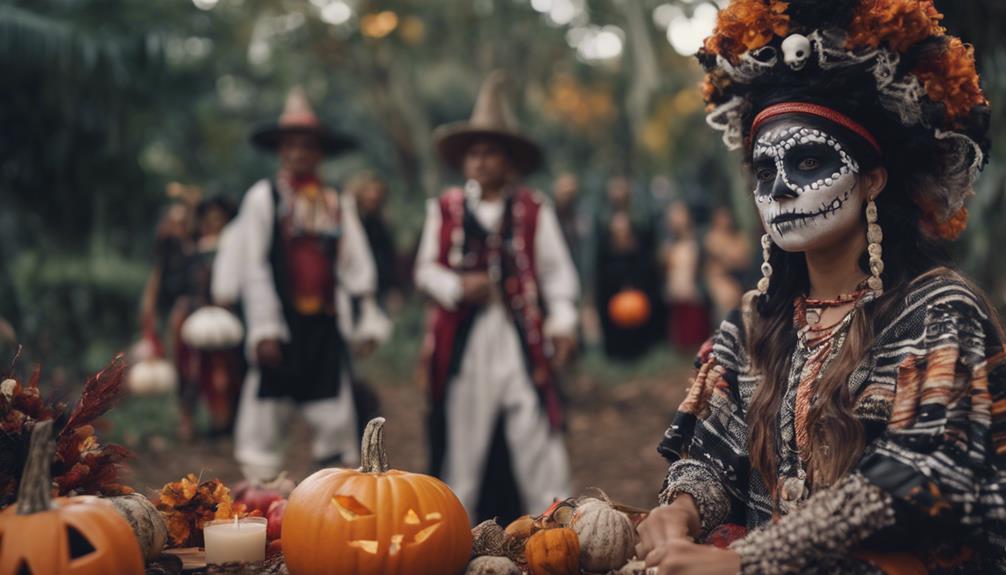
Despite its limited roots in Honduran cultural heritage, Halloween has gained popularity, particularly in higher social classes and more developed areas of the country. In Honduras, Halloween isn't deeply ingrained in the traditional celebrations observed throughout the year. Instead, it's viewed as an adopted practice, often associated with more affluent neighborhoods. Trick or treating, a common Halloween activity, is more prevalent in high middle-class to high-class areas where children from these social strata may participate in collecting candies and treats.
Compared to Halloween, Dia de los Muertos holds more significant cultural value in Latin America, including Honduras. This traditional holiday, focused on honoring deceased loved ones, is deeply rooted in the cultural heritage of the region. While Halloween has managed to find a place in certain segments of Honduran society, it doesn't carry the same historical or cultural weight as Dia de los Muertos. The adoption of Halloween in Honduras reflects a blend of cultural influences, showcasing the country's openness to embracing diverse traditions.
Halloween Traditions in Developed Regions
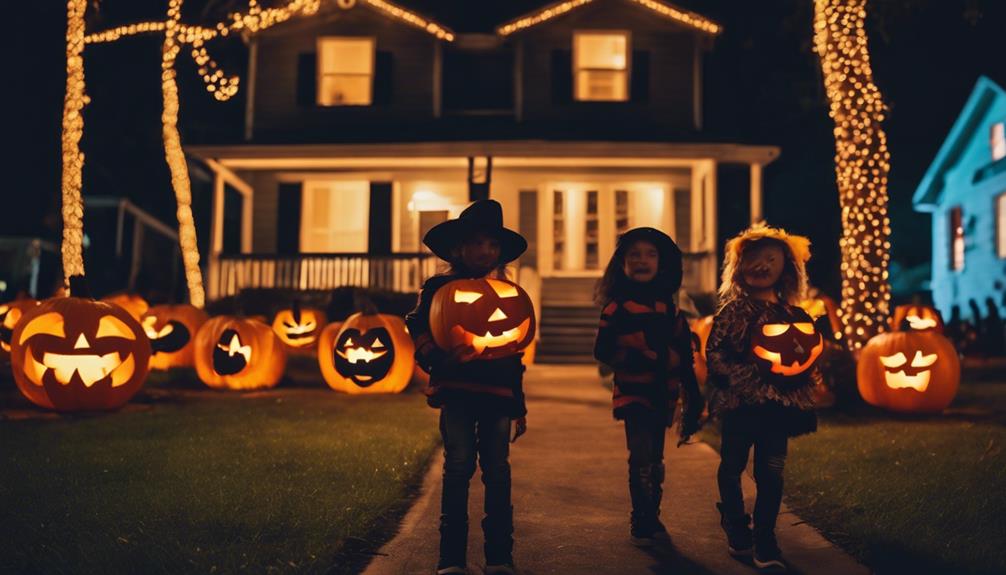
Moving from the discussion on Halloween's adoption in developed regions of Honduras, let's explore how this holiday is embraced in different socio-economic settings.
In more developed areas of Honduras, Halloween traditions take on a unique form influenced by the level of affluence and cultural exposure. Here are some key points to ponder:
- Trick or Treating: In high-class neighborhoods, children may engage in the practice of trick or treating, going door to door in search of treats. This activity is more prevalent in high middle-class to high-class areas where Halloween is acknowledged to some extent.
- Cultural Adoption: Halloween isn't an indigenous cultural custom in Honduras; rather, it has been assimilated into certain communities, particularly those with greater economic resources and exposure to international influences.
- Varied Celebrations: The observance of Halloween in Honduras varies across different regions, with the level of development and cultural influences shaping the extent to which this holiday is embraced. In developed regions, Halloween is often perceived as an adopted practice rather than a deeply ingrained tradition.
Honduran Perceptions of Halloween
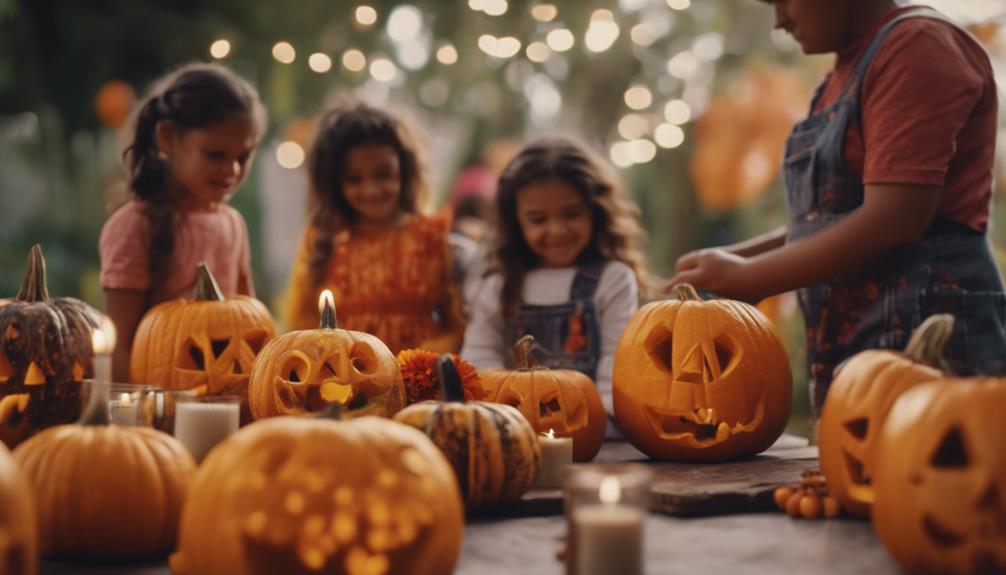
When considering Halloween in Honduras, it's apparent that perceptions of this holiday vary greatly among the population. In Honduras, Halloween isn't deeply ingrained in the cultural fabric and isn't considered a traditional practice. Trick or treating tends to be more prevalent in affluent areas, primarily in urban centers, reflecting a socioeconomic divide in the observance of this holiday.
Halloween is often viewed as an adopted custom rather than a Honduran tradition, leading to a range of opinions within the community. Some see it as a lighthearted and enjoyable activity, while others perceive it as a foreign influence that doesn't align with their cultural heritage. Overall, Halloween isn't widely embraced or celebrated across all segments of Honduran society, highlighting the diverse perspectives that exist regarding this imported festivity.
The varying views on Halloween in Honduras illustrate the complex dynamics at play when it comes to incorporating foreign customs into local traditions.
Influence of Western Culture on Halloween
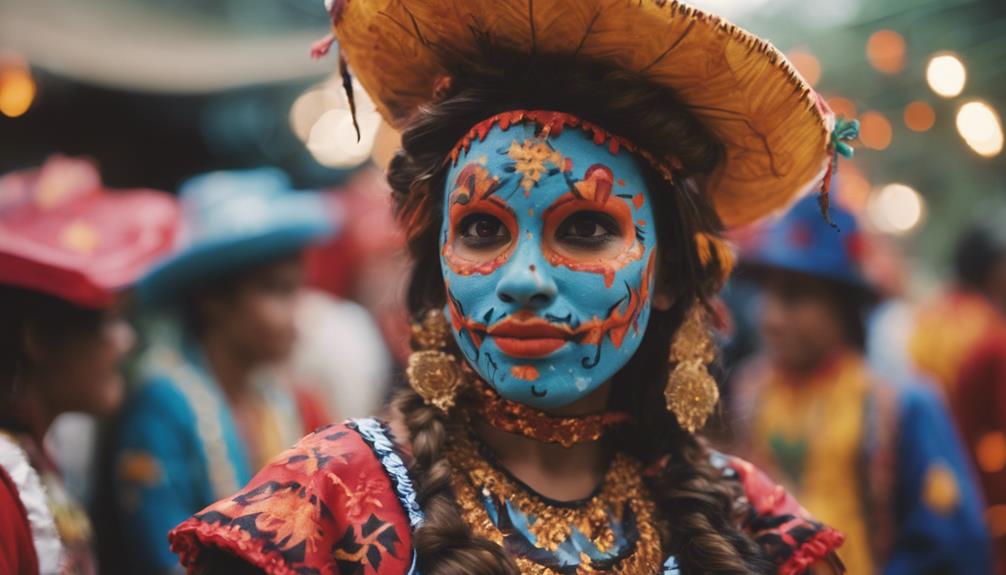
The influence of Western culture on Halloween in Honduras is evident in the adoption of various traditions and practices associated with the holiday. This influence has shaped the way Hondurans perceive and celebrate Halloween, particularly in urban areas where Western customs have a stronger presence.
The following points highlight the impact of Western culture on Halloween in Honduras:
- Modern Celebration: Halloween in Honduras is viewed as a modern and commercialized holiday that has been introduced from Western countries.
- Spread of Practices: The influence of Western media and globalization has played a significant role in spreading Halloween practices throughout Honduras.
- Western Traditions: Hondurans often partake in activities such as costume parties, decorations, and trick-or-treating, which are all influenced by Western Halloween traditions.
These factors illustrate how Western culture has contributed to shaping the way Halloween is celebrated in Honduras, reflecting a fusion of international customs with local festivities.
Significance of Halloween in Honduras
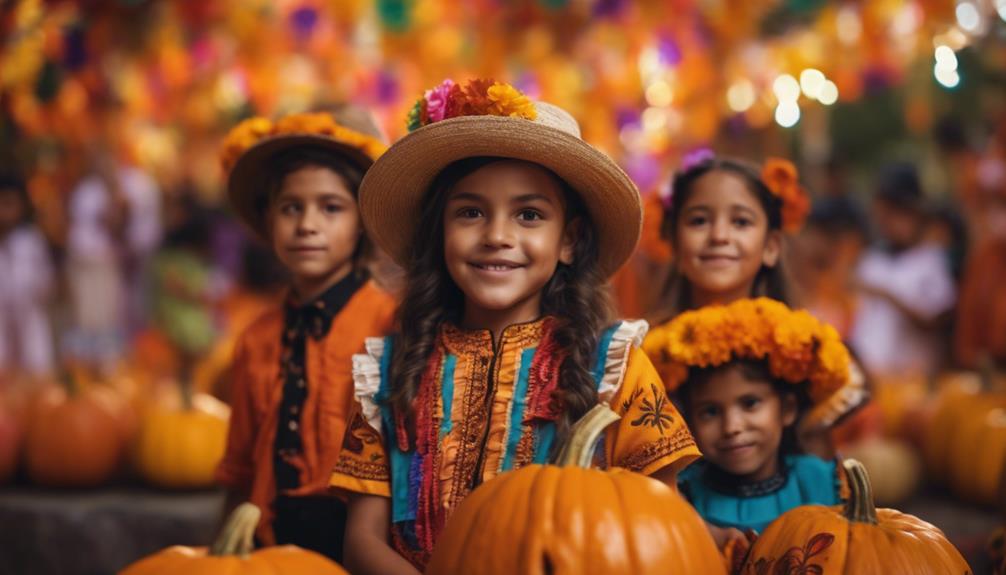
Halloween's Cultural Integration in Honduras is a topic worth exploring, given its relatively recent introduction to the country. Local Halloween Celebrations may vary, with high-class children engaging in activities like trick or treating in more developed areas.
Traditional Honduran Costumes may not be as prevalent during Halloween, as the holiday is still in the process of being incorporated into the cultural fabric of the nation.
Halloween's Cultural Integration
Despite its limited cultural integration in Honduras, Halloween holds significance in certain urban areas among those with higher socioeconomic status, primarily as an adopted practice rather than a deeply rooted tradition. The cultural landscape in Honduras shapes the observance of Halloween, leading to a nuanced understanding of its role in society.
- Urban Affluence: Halloween's presence is more pronounced in urban areas with higher socioeconomic status, where residents may partake in activities like trick-or-treating. This urban influence highlights the varying adoption rates of Halloween across different segments of Honduran society.
- Adoption vs. Tradition: In Honduras, Halloween is often viewed as an adopted practice rather than a traditional celebration. This distinction underscores the evolving nature of cultural practices in a globalized world, where influences from abroad can shape local customs.
- Limited Integration: While Halloween has gained some traction in certain urban pockets, its cultural integration remains limited compared to more established festivities like Dia de los Muertos. This disparity reflects the diverse cultural tapestry of Honduras and the coexistence of different celebratory traditions.
Local Halloween Celebrations
Urban areas in Honduras showcase varying levels of Halloween celebrations, reflecting the evolving cultural landscape and societal dynamics. While Halloween isn't a traditional cultural celebration in Honduras, it's gradually gaining popularity in certain communities.
In more developed areas, high-class children may partake in trick-or-treating on Halloween night, especially in high middle-class to high-class neighborhoods. The significance of Halloween in Honduras differs among individuals, with some embracing it as a fun activity while others choose not to participate at all.
This holiday is generally viewed as an adopted practice rather than a deeply rooted tradition in Honduran culture. As Honduran society evolves, the observance of Halloween continues to evolve as well, showcasing a blend of traditional values and modern influences.
The varying levels of Halloween celebrations across urban areas in Honduras highlight the diverse perspectives and attitudes towards this festive occasion, shaping a unique cultural experience in the region.
Traditional Honduran Costumes
Traditional Honduran costumes for Halloween showcase a blend of popular characters, cultural heritage, and unique local influences. When preparing for Halloween celebrations in Honduras, individuals may opt for costumes that represent a mix of international trends and local elements. Here are some key points to understand the significance of traditional Honduran costumes:
- Reflecting Popular Characters: Hondurans often incorporate outfits depicting well-known characters or creatures into their Halloween attire, embracing the playful and imaginative spirit of the holiday.
- Cultural Heritage: Some individuals choose costumes that pay homage to their cultural roots, showcasing pride in Honduran traditions and history through their dress choices.
- Blend of International and Local Influences: The costumes worn in Honduras during Halloween vary from store-bought ensembles to homemade creations, with many blending global costume trends with unique local touches to create distinctive and eye-catching looks.
Honduran Children and Halloween Customs
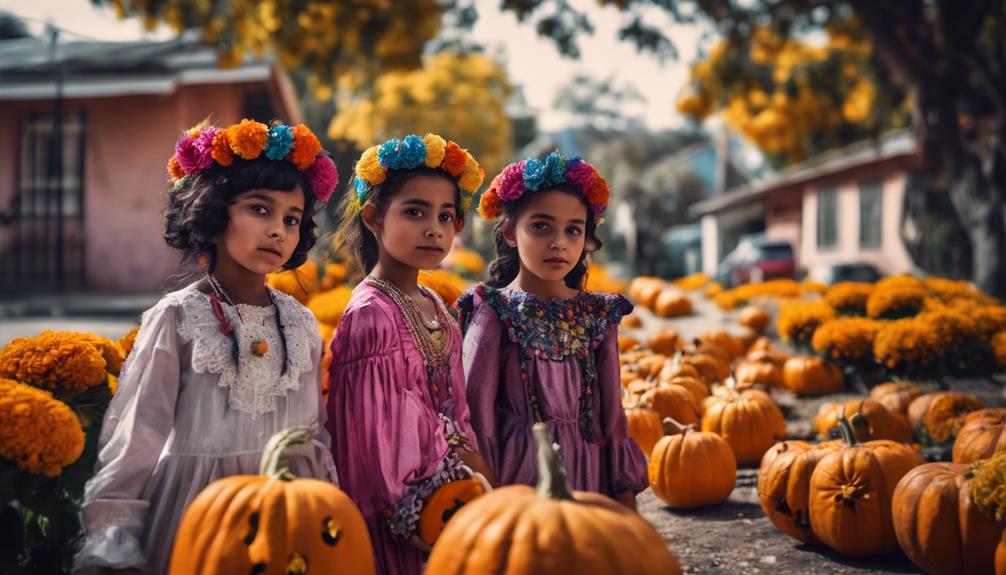
While not deeply ingrained in Honduran traditions, Halloween customs among children in more affluent areas often include participating in trick or treating festivities. In more developed regions of Honduras, it is common for high-class children to engage in the practice of trick or treating during Halloween. This trend is primarily observed in high middle-class to high-class neighborhoods where the socioeconomic status allows for such activities. Halloween itself is not a traditional cultural practice in Honduras; instead, it is viewed as an adopted custom rather than a longstanding tradition. The celebration of Halloween varies across different areas of Honduras, with wealthier neighborhoods showing a higher prevalence of trick or treating activities. Overall, Halloween is not widely embraced or celebrated in Honduras compared to other Latin American countries.
| Category | Description |
|---|---|
| Participation | More common in affluent areas |
| Traditional | Not deeply rooted in Honduran traditions |
| Socioeconomic | Varies depending on the area's wealth |
Comparing Honduran and Western Halloween
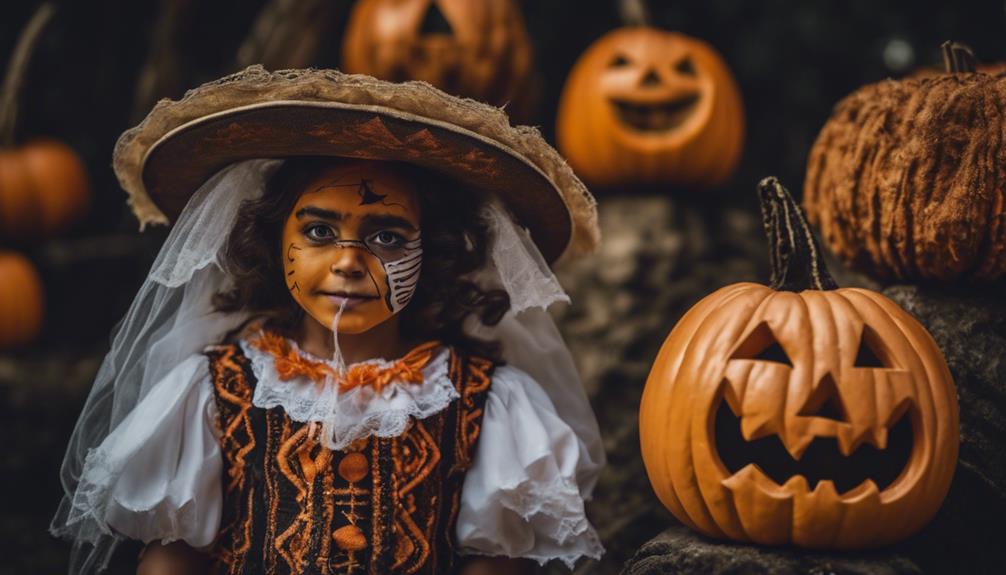
Comparing Honduran and Western Halloween reveals distinct differences in the cultural significance and widespread acceptance of this holiday tradition. When juxtaposing the two, it becomes evident that the Halloween experience in Honduras differs considerably from that in Western countries. Here's a breakdown to highlight these disparities:
- Cultural Adoption: In Honduras, Halloween isn't deeply ingrained in the cultural fabric but is rather seen as an adopted practice, contrasting with the long-standing tradition it holds in Western societies.
- Trick-or-Treating Trends: While trick-or-treating is more prevalent in affluent neighborhoods in Honduras, it's a widespread custom across various socio-economic backgrounds in Western countries.
- Perception and Practice: The celebration of Halloween in Honduras is often observed by those who choose to partake in the holiday, unlike in Western nations where it's a widely embraced and anticipated annual festivity with elaborate costumes, abundant candy, and spooky themes.
Halloween's Evolution in Honduran Society

Honduran society has witnessed a gradual shift in the observance of Halloween, particularly evident in the varying degrees of participation among different social classes. In more developed areas of Honduras, children from high-class families may engage in the practice of trick or treating on Halloween, while it remains less prevalent in other segments of society. This holiday, originating from Western cultures, isn't a traditional Honduran custom and lacks deep roots within the country's cultural fabric. Trick or treating tends to be more commonplace in high middle-class to high-class neighborhoods, indicating a socioeconomic aspect to its observance.
The adoption of Halloween in Honduras is often viewed as a borrowed tradition rather than an intrinsic part of Honduran culture. As a result, the celebration of Halloween exhibits notable disparities across various socioeconomic levels within the country. This evolving trend reflects a nuanced integration of foreign customs into Honduran society, shaping the way this holiday is perceived and celebrated in different social strata.
Frequently Asked Questions
Does Honduras Do Halloween?
In Honduras, Halloween isn't a deeply rooted cultural tradition. While some high-class children in more developed areas may participate in trick-or-treating, it isn't widely embraced by the general population.
The celebrations are more common in high middle-class to high-class neighborhoods, where Halloween is viewed as an adopted practice. Compared to countries where Halloween holds more cultural significance, Honduras doesn't heavily partake in Halloween traditions.
What Are the Traditions of Honduras?
What're the traditions of Honduras?
Honduras boasts a rich cultural tapestry woven from centuries of history. From vibrant indigenous customs to Spanish influences, the traditions of Honduras are a diverse mosaic of music, dance, art, and cuisine.
Festivals like La Feria Juniana and Semana Santa offer a glimpse into the country's deeply rooted traditions. Family values, community celebrations, and religious observances play significant roles in shaping the cultural identity of Honduras.
What Are the Celebrations in Honduras?
In Honduras, celebrations vary, with Dia de los Muertos being more prominent than Halloween. High-class children in more developed areas may partake in trick or treating on Halloween, primarily in high middle-class to high-class neighborhoods.
Halloween is viewed as an adopted practice in Honduras, not a deeply ingrained cultural tradition. The country's Halloween celebrations aren't as widespread or deeply rooted as in some other nations.
What Do Honduran People Like to Do?
In Honduras, people enjoy a variety of activities. From exploring scenic landscapes to savoring traditional cuisine, Hondurans have a rich tapestry of interests. Engaging in festivals, such as Independence Day celebrations, is a common pastime.
Sports like soccer hold a special place in the hearts of many Hondurans. Additionally, embracing cultural heritage through music and dance is a cherished tradition. Overall, Honduran people find joy in a diverse array of pursuits.
Conclusion
To sum up, while Halloween traditions have made some headway in Honduras, they still remain a niche celebration in the country.
The limited adoption of Halloween, especially in high-class areas, highlights the cultural differences between Honduras and Western countries.
Despite this, Honduran children have embraced some customs of the holiday, showcasing a blend of cultural influences.
As Halloween continues to evolve in Honduran society, it serves as a fascinating intersection of tradition and modernity in this Central American nation.

